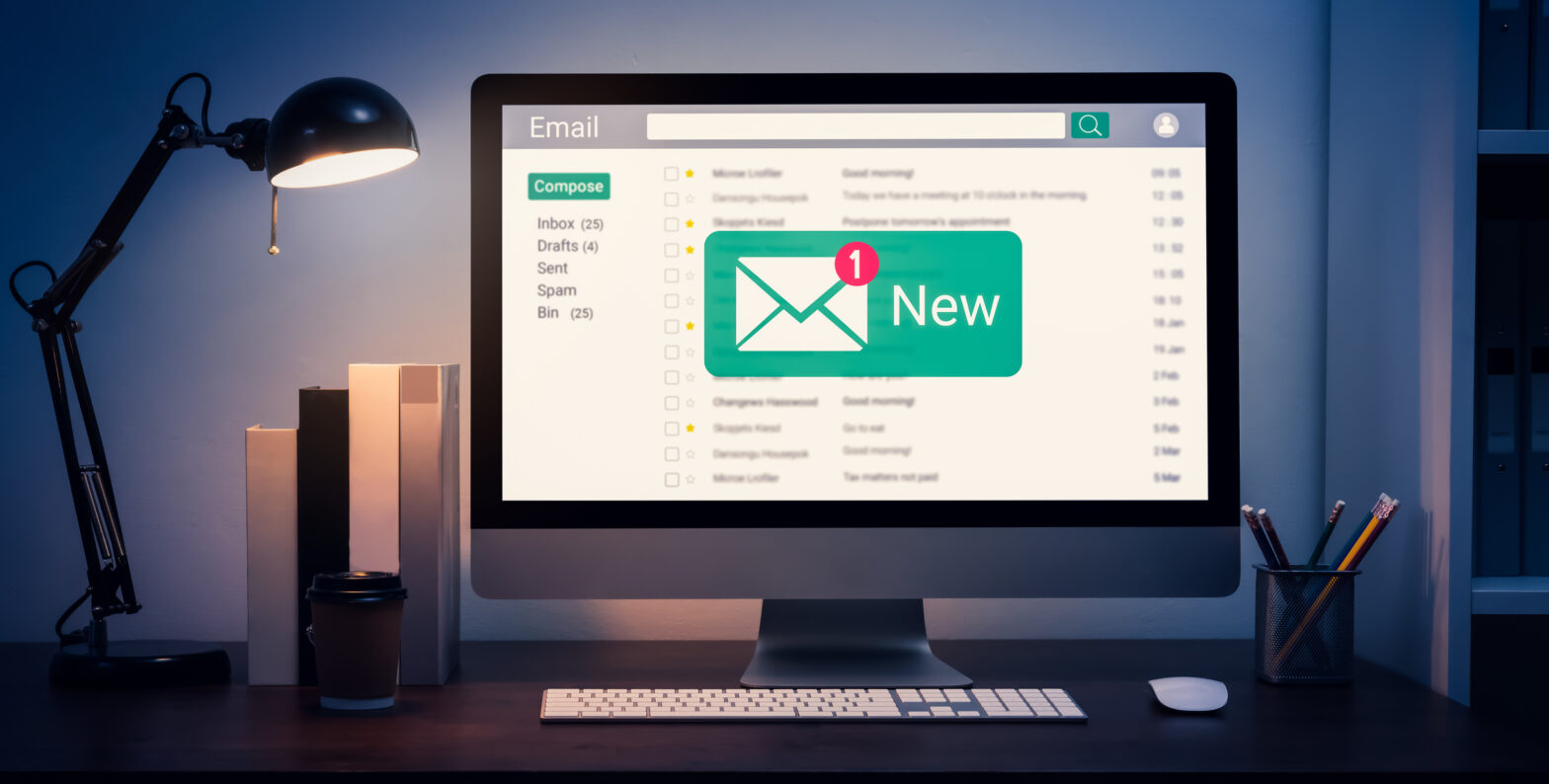This guide from SmallBusiness.co.uk and Matt McNeill, CEO of www.Sign-Up.to, is a good starting point.
What is permission marketing?
Essentially, permission marketing is any activity where you’re communicating with people who have given you permission to stay in touch with them. The key word here is permission – the people you’re talking to must have initiated the relationship by ‘raising their hand’, so to speak, and asking for you to stay in touch.
It’s about engaging your prospects in a dialogue which allows you to find out what they need, so that you can explain how you can help them and win their custom. Once they have become a customer the process then moves to keeping them engaged and loyal to your brand, so they will purchase again and recommend you to others.
The good news is that you can do a lot of this online through email, which is cost effective and highly measurable.
Getting permission
Every time you interact with your customers or potential customers you have a chance to get them to opt in to your permission marketing programme.
For example, you could give out comment cards asking customers for their email address and permission to stay in touch. You could place a form on your website and invite people to subscribe to hear more from you or invite people who see your advert in a magazine to text in to receive your latest offers. Use every possible opportunity to get prospects to subscribe to receiving your communications.
As part of this process you should explain to them how opting-in will benefit them. It could be access to special offers or unique information; anything that gives them a real incentive to pay attention.
To help increase the number of opt-ins you get, ask for the minimum of information to begin with as most people hate filling in forms. Once you’ve got the basic information you can add to this later as you communicate with your contacts.
Taking care of your assets
You’ve now got consent to talk directly to people who you know are interested in what you have to say. Like any asset, you need to take care of it. If you abuse people’s permission and send them irrelevant offers or bombard them with emails, they’ll lose interest and opt out, or simply ignore you.
You also need to reassure them that you’ll respect their information and won’t be passing it to other organisations as one of the key rules of permission marketing is that permission isn’t transferable.
Putting permission to use
Once you’ve got permission you need to put it to use and start communicating with your contacts. Your messages need to be relevant and anticipated so make sure you stick to any promises. If you said they’d receive a monthly email newsletter make sure you send it every month.
What you’ll be sending will depend on your business and your audience. It could be special offers, insider tips, industry news – anything that your subscribers will find useful and that helps position you as the company they want to deal with.
Once you’ve created the message you want to send, make sure you can measure the results. Your permission marketing strategy will be constantly evolving as you learn more about your contacts and what they are receptive to.
‘This is one of the great things about email marketing,’ says Matt McNeill, ‘with a good online service you can see exactly what your contacts are doing with your email – if they’re opening it and which links they’re clicking on. You can then use this information to make future campaigns more relevant to your contacts so that they’ll produce better results for you.’





